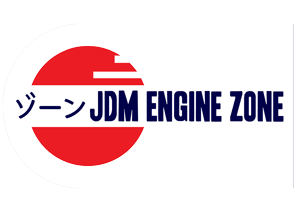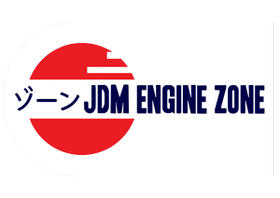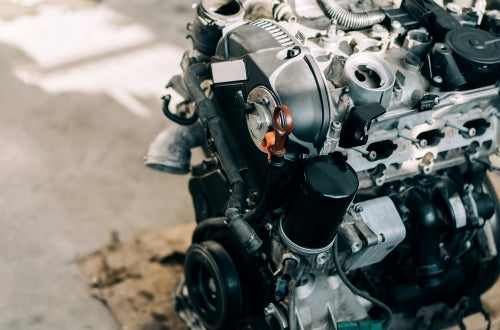JDM Engine Building: Best Practices and Common Mistakes to Avoid
JDM engine building can be a challenging and rewarding experience. With the right approach, you can create an engine that is powerful, reliable and efficient. However, there are many pitfalls along the way that can lead to costly and frustrating mistakes. In this post, we'll go over some of the best practices for JDM engine building and the common mistakes you should avoid.
Start with a plan: Before you begin building your JDM engine, it's important to have a clear understanding of your goals and objectives. Are you building a high-performance engine for racing or a reliable engine for daily driving? Once you have a clear plan, you can then begin to research and identify the components and modifications needed to achieve your goals.
Choose high-quality components: When it comes to JDM engine building, you get what you pay for. While it may be tempting to cut corners and opt for cheaper components, this can ultimately lead to engine failure or underperformance. In order to ensure the longevity and reliability of your JDM engine, it's important to choose high-quality components that are specifically designed for your make and model.
Don't overdo it: It's easy to get caught up in the excitement of JDM engine building and overdo it with modifications and upgrades. While it may seem like more is better, this can actually have a negative impact on engine performance and reliability. It's important to strike a balance between performance and longevity, and to only make modifications that are necessary to achieve your goals.
Pay attention to the details: In JDM engine building, the devil is in the details. Small oversights and mistakes can quickly add up and lead to major issues down the line. It's important to pay close attention to every component and detail of the engine to ensure that everything is installed and working properly.
Test and tune: Once your JDM engine is built, it's important to thoroughly test and tune it to ensure that it's working at optimal performance. This includes testing for leaks, adjusting air and fuel ratios, and monitoring overall performance. Regular maintenance and tuning is also essential for the longevity and reliability of your JDM engine.
JDM engine building can be a challenging but rewarding experience. By following these best practices and avoiding common mistakes, you can create a powerful and reliable engine that meets your specific needs and goals. Remember to start with a clear plan, choose high-quality components, strike a balance between performance and longevity, pay attention to the details, and thoroughly test and tune your engine. With the right approach, you can enjoy many years of performance and reliability from your JDM engine.




